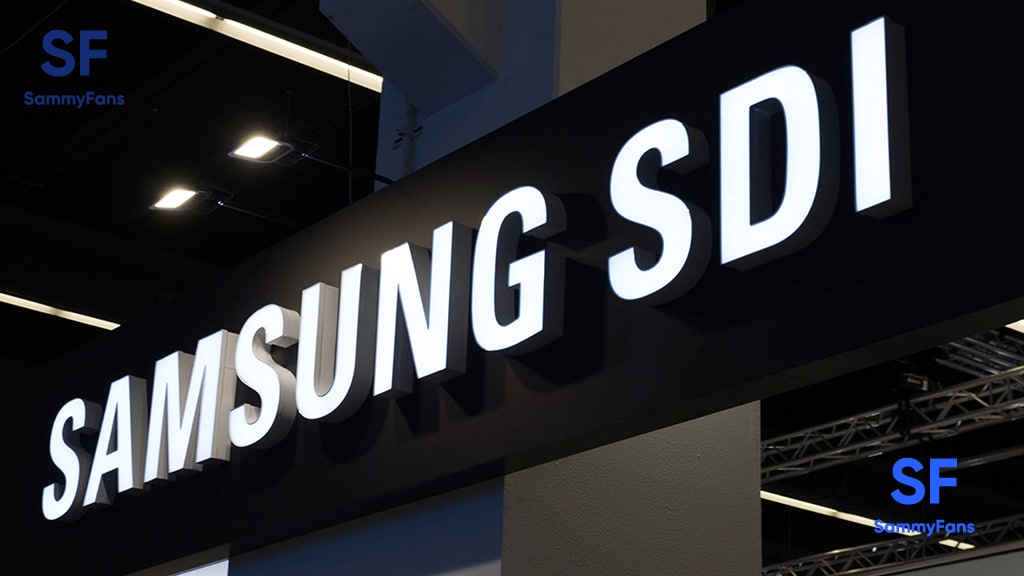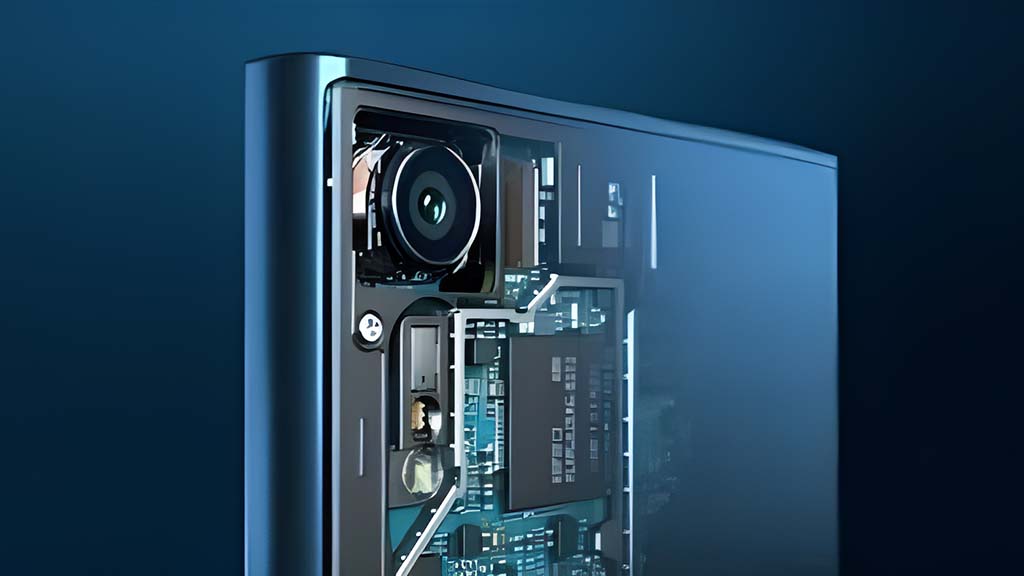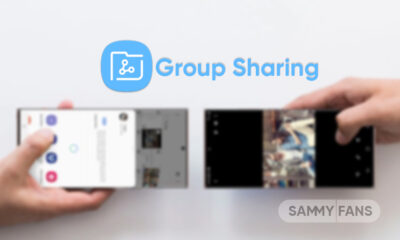
[UPDATE: Demonstration] Samsung succeeded in verifying the technology of ‘5G Network Slicing’ with KDDI
UPDATE:
Samsung and KDDI successfully demonstrate network slicing with a RAN Intelligent Controller (RIC) for the first time in the industry.
Toshikazu Yokai, Executive Officer, General Manager of Mobile Network Technical Development Division at KDDI said, “The demonstration provides a foundation that will allow KDDI to offer new 5G commercial services leveraging its 5G commercial networks”.

SEPTEMBER 23, 2020:
Samsung has successfully tested ‘5G network slicing’ technology with Japanese mobile communication service provider KDDI.
The technical test was conducted by 5G base station, 5G SA core equipment, and a test terminal at a research institute based in Tokyo, Japan. The first industry to effectively manage base station resources in accordance with service conditions, RAN Intelligent Controller (RIC).
‘Network slicing’ is an important technology of 5G mobile communication that can take advantage of high-speed communication, ultra-low latency, and hyper-connectivity by cutting the physical mobile communication network into multiple virtual networks.
Read More– Samsung One UI 3.0: Everything you need to know
The use of ‘5G network slicing’ technology, services such as autonomous driving, cloud gaming, and industrial IoT, which represent the next generation of communication services, can achieve ultra-low latency and reliability within a few milliseconds up to 100%.
It provides a secured virtual network and can provide services such as AR/VR streaming and ultra-high-definition video streaming with a virtual network, which supports communication speeds ranging from hundreds of megabytes (Mbps) to several gigabytes (Gbps).
When the ‘5G network slicing’ technology is completely commercialized, it is expected that the major services of the 5G era will expand significantly.
JOIN OUR SAMSUNG CHANNEL ON TELEGRAM
Samsung and KDDI plan to offer standard features to world-class companies based on the validation results of end-to-end ‘5G network slicing’, including base stations and cores.
“The verification of ‘5G network slicing’ technology is a big leap forward for realizing numerous new 5G services,” said Taeyeon Kim, head of the GTS team at Samsung Electronics’ network division. I will.”

News
Samsung no longer interested in EV battery business in the US?

Samsung could shift its investment from the EV battery business in the US. The company plans to adjust its investment in ESS from EVs due to a sluggish market. The move comes after low demand for EVs, particularly bikes, and growing demand for ESS.
TheElec reports that Samsung eyeing the growing demand for ESS (energy storage systems) in the US. North America’s largest power company NextEra Energy could be awarding Samsung with a potential 1 trillion won ESS order.
Samsung is investing in converting its EV battery pack production line in Michigan, US. The electric bike battery pack line will be dismantled and converted for ESS use. The investment is expected to begin as early as the fourth quarter.
- The ESS battery pack line will be located in Factory 1, where a battery pack line for Harley-Davidson is currently in operation.
- Factory 2 primarily produces battery packs for Stellantis PHEVs, such as the Jeep Wrangler 4xe and Grand Cherokee 4xe.
The Korean tech giant is pursuing a 1 trillion won order for ESS batteries from NextEra Energy. The order is estimated to be around 5GWh. The company has started accelerating its penetration into the ESS market since last year with its Battery Box.
News
Samsung exploring sensor-shift OIS camera tech for Galaxy phones

Samsung is exploring advanced sensor-shift image stabilization (OIS) camera tech for future Galaxy phones. The company recently filed a patent application related to image stabilization technology for mobile devices in South Korea.
The latest Samsung patent suggests work on the sensor-shift image stabilization (OIS) camera is underway. However, Apple iPhone-like sensor shift camera tech is far from arriving on Samsung’s Galaxy smartphones.
The patent entitled “Actuator for optical image stabilization and camera module including the same” describes how less force is required to stabilize the sensor itself. This allows for a more precise correction of the sensor position.
The patent document shows that Samsung is continuing to develop its ideas and methods for sensor-shift image stabilization. The absence of such cameras is not a sign that the company has abandoned the idea.

Samsung has been working on sensor-shift image stabilization for years. The company aims to upgrade the Galaxy camera capabilities in the future. The sensor-shift stabilization offers a sharper image by moving the camera sensor.
Previously, patents related to sensor-shift telephoto camera surfaced. However, the Korean tech giant hasn’t commercialized the technology. The patent was published recently, but doesn’t mean we will be seeing this upgrade in the Galaxy S25 series.
The development suggests that Samsung won’t include it on Galaxies till an advanced variant evolves. As the exploration continues, sensor-shift OIS feature remains in hope for the future of Galaxy smartphone segment.
News
Samsung crafting mixed-reality smart glasses with Qualcomm, Google

Samsung officially confirmed its teaming up with Qualcomm and Google for XR devices. Now, Qualcomm CEO revealed that the company is working with Samsung and Google to develop mixed-reality smart glasses.
According to the info, Samsung is working on portable mixed-reality smart glasses in collaboration with Qualcomm. Not XR headset, the company’s first extended reality product could be smart glasses with AI for new experiences.
Qualcomm CEO Cristiano Amon shared new details about Samsung’s upcoming XR product. In an interview to CNBC, Amon confirmed the collab with Samsung will result in “a new product” that offers “new experiences.”
Beyond that, he hinted that this product will likely be a pair of XR smart glasses, not a headset. Just opposite to Apple’s approach, Samsung and Qualcomm aimed to create XR smart glasses that would be portable and easy to carry around.
“I want everyone who has a phone to go buy companion glasses to go along with it,” Amon said. “We need to reach a point where wearing smart glasses feels no different from wearing regular glasses or sunglasses. Only then can we achieve true scale,” he added.
The XR smart glasses could debut later this year, featuring artificial intelligence. Samsung and Qualcomm reportedly aiming to make XR glasses mainstream, while Google could support them with optimized software.
Following the trend, the XR smart glasses could pack on-device AI capabilities. Some AI features will run directly on the device, others on the phone, and certain tasks will require cloud processing – unlocking “a whole new set of experiences.”

Nurphoto | Nurphoto | Getty Images












